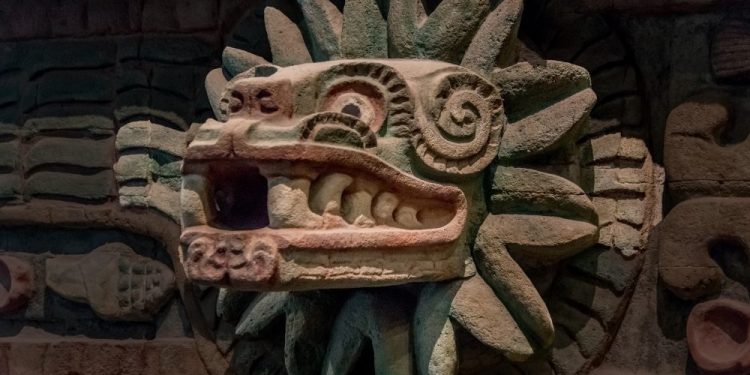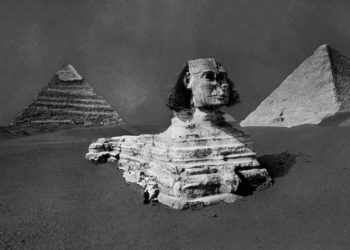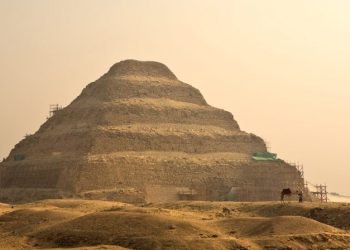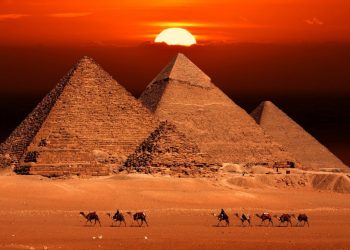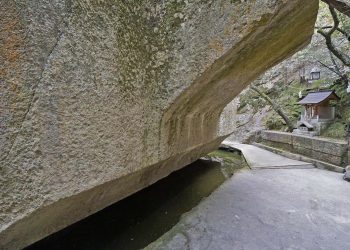The largest Pyramid on the planet’s surface, the Great Pyramid of Cholula, has an estimated total volume of over 4.5 million cubic meters and is nearly twice as large as the largest Egyptian Pyramid, the Great Pyramid of Giza. This pyramid was built in honor of the feathered—flying—serpent Quetzalcoatl. Thousands of years ago, ancient cultures built pyramids of different sizes. Today, we’ve encountered the remnants of many of these majestic ancient structures, learning that there are pyramids on nearly every continent on Earth. The most famous pyramids are, without a reason of doubt, those of Egypt, although Egypt isn’t the country with the most pyramids. Nonetheless, the most famous Pyramid on Earth is the Great Pyramid of Giza. This ancient structure is thought to have been built around 4,500 years ago by King Khufu of the Fourth Dynasty. It is one of the most massive pyramids on the planet’s surface, even though it is far from the biggest. According to archeological surveys, the Great Pyramid of Giza was built with more than 2.5 million blocks of stones, ranging in size from a few tons to several dozen. Measurements of the pyramid estimate that the great Pyramid weighs around 6.5 million tons.
Egyptologists believe that to build the Pyramid. The ancient Egyptians made use of approximately 5.5 million tons of limestone (quarried nearby), 8,000 tons of granite (quarried some 800 kilometers away in Aswan), and more than 500,000 tons of mortar. Enormous stones used in the Great Pyramid construction are found in the so-called King’s Chamber, where we find massive blocks weighing from 25 to 80 tons. These were the blocks that were imported from the quarries of Aswan in Upper Egypt. Although several theories have been proposed on the Pyramid construction, there isn’t a consensus on how the stores were quarried, transported, and raised. Many experts disagree on whether some of the stone blocks were dragged, lifted, or even rolled in place. Egyptologists believe that several hundred thousand people participated in the Pyramid construction, but what tools and means were used to construct the Pyramid remains a mystery.
The Pyramid was built in a period of no more than 20 years, Egyptologists maintain. However, to this date, we have not found one ancient record that mentions the Pyramid construction, how the stones were transported, or how these were raised to such great heights. Despite the massive stones used in the Pyramid’s construction, and although the Great Pyramid of Giza is one of the most unique pyramids on Earth, it is far from being the largest on the planet’s surface. One pyramid in present-day Mexico is much larger than the Great Pyramid of Giza, and not many people know about it.
The Largest Pyramid on Earth
Hidden beneath a hill atop which a church was built in colonial times, the Great Pyramid of Cholula has stood proudly since time immemorial. Considered the largest archeological site of a pyramid in the New World and the largest Pyramid on the planet’s surface in terms of volume, the Great Pyramid of Cholula—also known as Tlachihualtepetl—is a true behemoth pyramid. The Pyramid was built to a height of 66 meters (180 ft), with a base measuring 450 by 450 meters (1,480 by 1,480 ft). With an architectural style closely related to that present at Teotihuacan’s ancient city, many of the most important details conceding the Great Pyramid of Cholula remain a profound archeological mystery.
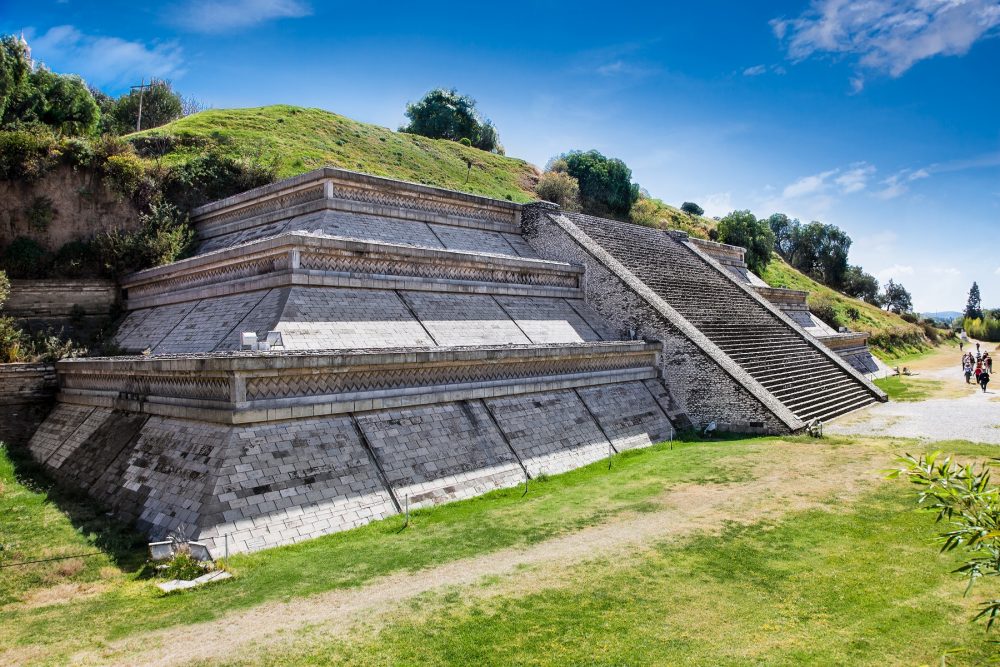
It is not known exactly when the Pyramid was constructed. Still, archaeologists believe the construction may have begun some 2,300 years ago, around 300 BC. Exactly how long it took to complete is another mystery. Given its size and the tools and technologies available at the time, experts have proposed that the Pyramid could have taken anywhere from one hundred to one thousand years to build. Since there are no written records about the Pyramid, we can’t possibly know when it was built, although thanks to the soil covering its exterior, we can estimate when it was buried. As noted in the Guinness Book of World Records, the Great Pyramid of Cholula is the largest Pyramid and the largest monument ever constructed by humankind in the world, with a total volume estimated at over 4.5 million cubic meters, which makes it nearly twice as large as the largest Egyptian Pyramid, the Great Pyramid of Giza which has an estimated total volume of 2,583,283 cubic meters (91,227,778 cu ft). Nonetheless, the Great Pyramid is much taller than the Pyramid of Cholula.
Legends have it that the Great Pyramid of Cholula was not built by man but by Xelhua, a giant of the “time of the universal deluge” and one of the seven giants in Aztec Culture. The Great Pyramid of Cholula is essentially a Mesoamerican Step Pyramid consisting of six main superimposed structures. The Pyramid is so massive that only three levels have been studied—to some degree—by experts. The Great Pyramid of Cholula has a base covering 160,000 square meters, making it three times greater than the 53,056 square meter base of Pharaoh Khufu’s Great Pyramid of Giza. Cholula’s Temple pyramid complex was built in four main stages—the earliest of which is in the third century BC—and the entire structure was dedicated to Quetzalcoatl, the feathered serpent god.
A pyramid worshiping the feathered serpent god
“Quetzalcoatl—he was the wind, the guide, and road sweeper of the rain gods, of the masters of the water, of those who brought rain. And when the wind rose, when the dust rumbled, and it crack and there was a great din, became it became dark and the wind blew in many directions, and it thundered; then it was said: “[Quetzalcoatl] is wrathful.” —General History of the Things of New Spain by Fray Bernardino de Sahagún: The Florentine Codex.
In ancient Mesoamerican culture, Quetzalcoatl is the “feathered serpent” or “Quetzal-feathered Serpent.” The earlier known mention of the feathered serpent can be traced back to Teotihuacan, one of Mesoamerica’s most important ancient cities more than 2,100 years ago. However, the earliest worship of a feathered spent can be traced back to the Olmec culture, around 900 BC.
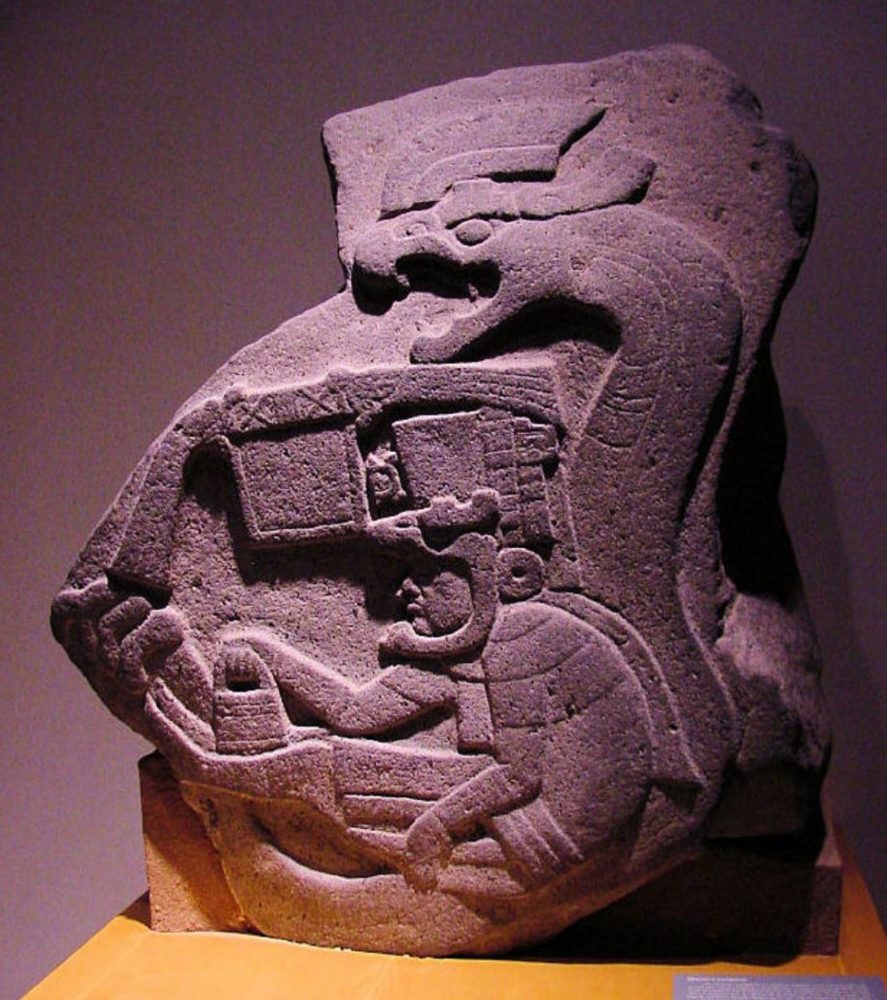
Quetzalcoatl was worshiped as the Aztec god of wind, air, learning, and the planet Venus, of the dawn, merchants and arts, crafts, and general knowledge. Quetzalcoatl was one of the most important deities in Mesoamerican culture. Curiously, a featured serpent has been worshiped throughout history by different ancient Mesoamerican cultures; the OImlec, the Maya, the Aztec people, and even the Teotihuacan culture. Feathered serpent iconography is prominent at all major Mesoermaican sites, including Teotihuacan, Cholula, Chichen Itza, La Venta, and many others. Although the worship of the feathered serpent may have long disappeared from North America, to this date, certain “rituals” connected to the feathered serpent are performed at Cholula. One such ritual connected deeply to pre-Hispanic roots occurs on the spring equinox, wherein thousands of people gathered at the Pyramid. During the ritual, poetry is recited at the Pyramid, and indigenous dance takes place with music and fireworks.
Essentially, people celebrate their roots, the feathered serpent, and the largest, most massive Pyramid on the planet’s surface. In Aztec mythology, the Feathered serpent—Quetzalcoatl—was seen as a feathered serpent and a flying reptile, comparable in many ways to a Dragon. Quetzlacalt was regarded as the very boundary-maker between the Earth and the sky. Quetzalcoatl was also the creator deity who essentially “created” humankind.
Curiously, the Pyramid of Chichen Itza, known as El Castillo, is a pyramid temple dedicated to the feathered serpent, Kukulkan. One of the most important ancient cities in present-day Mexico, Teotihuacan, is home to another pyramid dubbed the “Temple of Quetzalcoatl,” and the Pyramid of Cholula, the largest Pyramid on Earth, was also built in honor of the feathered serpent. This tells us that Quetzalcoatl (or Kukukulkan to th Maya) was an essential deity in Mesoamerica, and the ancient inhabitants of various cultures made sure to appease the feathered serpent by building some of th largest monuments in the history of civilization and dedicating them to the “bringer of knowledge,” Quetzalcoatl.
Join the discussion and participate in awesome giveaways in our mobile Telegram group. Join Curiosmos on Telegram Today. t.me/Curiosmos



